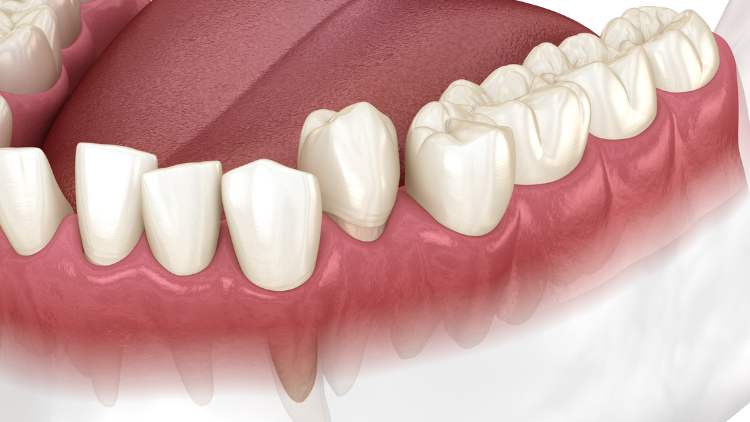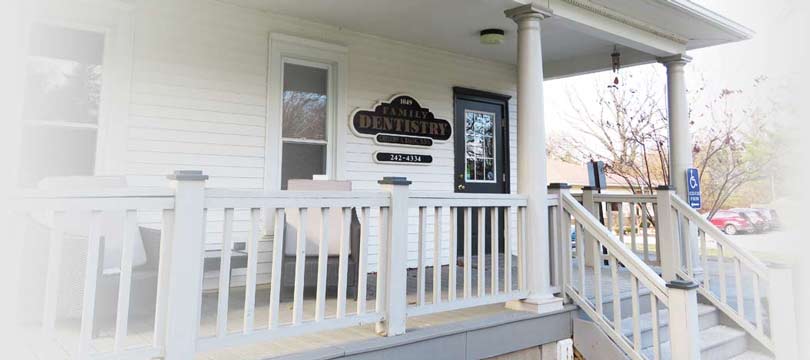
A properly aligned bite is essential for maintaining optimal dental health and overall well-being. However, issues such as bite misalignment can lead to various dental problems, including tooth wear, jaw pain, and temporomandibular joint (TMJ) disorders. If you’re experiencing symptoms of bite misalignment, you may be wondering how long a bite adjustment procedure will take. In this blog, we’ll explore the duration of a bite adjustment procedure, the process involved, and what to expect during treatment.
Understanding Bite Misalignment
Bite misalignment occurs when the upper and lower teeth do not come together properly when biting or chewing. This can result in uneven pressure distribution, which may lead to dental issues and discomfort. Common signs of bite misalignment include tooth sensitivity, difficulty chewing, and jaw pain. If left untreated, bite misalignment can worsen over time, potentially causing more severe dental problems.
Signs That You Need a Bite Adjustment
If you’re experiencing symptoms of bite misalignment, such as tooth sensitivity or jaw discomfort, it’s essential to seek professional dental evaluation. Your dentist can assess your bite and determine if a bite adjustment procedure is necessary. During the examination, your dentist will look for signs of bite discrepancies and discuss treatment options with you.
The Bite Adjustment Process
The process of a bite adjustment typically involves several steps:
Initial Examination and Diagnosis: Your dentist will conduct a thorough examination of your bite, including assessing how your upper and lower teeth come together when biting or chewing. Diagnostic tools such as dental X-rays may be used to evaluate the alignment of your teeth and jaws.
Treatment Planning: Based on the findings of the examination, your dentist will develop a personalized treatment plan tailored to address your specific bite issues. This may involve adjusting the surfaces of certain teeth to improve alignment and function.
Bite Adjustment Procedure: During the bite adjustment procedure, your dentist will carefully reshape the surfaces of your teeth using specialized dental instruments. This process aims to create a more harmonious bite relationship and alleviate any areas of excessive pressure or discomfort.
Follow-up Evaluation: After the initial bite adjustment, you may be scheduled for a follow-up evaluation to assess the effectiveness of the treatment. Additional adjustments may be made as needed to achieve the desired bite alignment.
Factors Affecting the Duration of Bite Adjustment
The duration of a bite adjustment procedure can vary depending on several factors, including the severity of bite misalignment, the complexity of treatment, and individual patient factors such as dental health and treatment goals. In some cases, a bite adjustment may be completed in a single appointment, while more complex cases may require multiple visits.
Typical Duration of Bite Adjustment
On average, a bite adjustment procedure may take anywhere from 30 minutes to an hour per appointment. However, the total number of appointments required will depend on the specific needs of each patient. Your dentist will provide you with a personalized treatment plan outlining the expected duration of treatment and any follow-up appointments that may be necessary.
Tips for a Successful Bite Adjustment
To ensure a successful outcome from your bite adjustment procedure, consider the following tips:
- Maintain good oral hygiene by brushing and flossing regularly to keep your teeth and gums healthy.
- Follow any post-treatment instructions provided by your dentist, such as avoiding hard or sticky foods that may disrupt your bite alignment.
- Attend all scheduled appointments to monitor your progress and make any necessary adjustments to your treatment plan.
Potential Challenges and Complications
While bite adjustment procedures are generally safe and effective, some patients may experience temporary discomfort or changes in bite sensation following treatment. Additionally, in rare cases, further dental work or adjustments may be needed to achieve the desired bite alignment. Your dentist will discuss any potential challenges or complications with you before proceeding with treatment.
Benefits of Bite Adjustment
Undergoing a bite adjustment procedure offers several benefits, including:
- Improved dental function and comfort when biting and chewing.
- Reduced risk of dental issues such as tooth wear, jaw pain, and TMJ disorders.
- Enhanced overall oral health and well-being.
By addressing bite misalignment early with a bite adjustment procedure, you can enjoy these benefits and maintain a healthy, functional smile for years to come.
Conclusion
In conclusion, the duration of a bite adjustment procedure can vary depending on the specific needs of each patient. While some cases may be completed in a single appointment, others may require multiple visits to achieve the desired bite alignment. If you’re experiencing symptoms of bite misalignment, such as tooth sensitivity or jaw discomfort, don’t hesitate to consult with your dentist. By addressing bite issues early with a bite adjustment procedure, you can improve your dental health and overall well-being. Remember to prioritize your dental health and attend all scheduled appointments to ensure the best possible outcome from your treatment.

 Request an Appointment
Request an Appointment